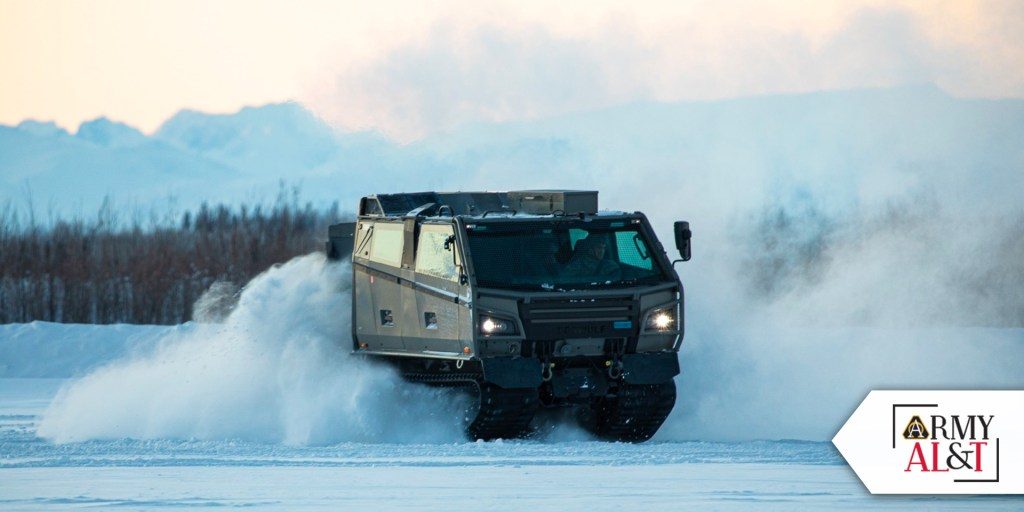It’s 8 a.m. on a cold December morning in Fairbanks, Alaska. The outside temperature without wind chill is well below minus 40 degrees Fahrenheit and together, with the wind chill, can cut through protective wear numbing body parts in a matter of minutes. Frostbite on exposed skin can occur in five to 10 minutes. It’ll be another two hours until sunrise, and there will be a little over four hours of daylight for today. Soldiers under these conditions need to exercise extreme care to successfully reach the end of the day. It’s no different for equipment.
For all things automotive, it’s also a rough start to an incredibly short day. Temperatures overnight have dropped to minus 50 degrees Fahrenheit. Metal, plastic, electrical wires, fuel, and all other automotive component characteristics have changed. Metal and plastic are now brittle, wires no longer want to bend, and fuel lines freeze. Vehicle systems, much like their human counterparts, react differently to these freezing temperatures. Getting vehicles to start under these extreme conditions is challenging enough, but then the vehicles themselves still have to support soldiers and their missions wherever they may lead. The vehicle that can perform under these conditions also needs to be extreme. Enter the Cold Weather All-Terrain Vehicle (CATV), one of the U.S. Army’s newest additions to meet the Arctic challenge.


